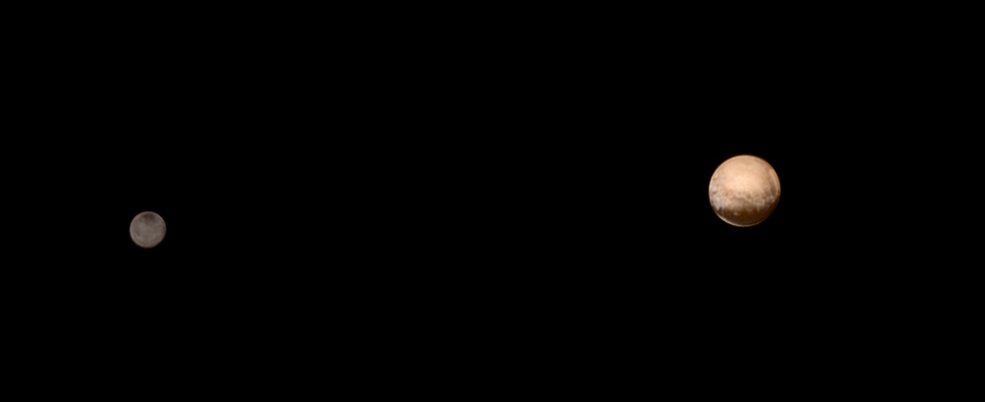
Did you catch bright Jupiter in the eastern sky tonight? If not, don't worry, it will be brilliant for days to come. go.nasa.gov/3QVyxNv
https://twitter.com/NASASolarSystem/status/1573368966625591296
To the naked eye, Jupiter will appear as a very bright "star." Here's what it looked like earlier this week as seen through a skylight in a lava tube at Craters of the Moon National Monument. 

With a small telescope, or even binoculars, Jupiter's largest moons are also visible. Learn more about the giant planet at solarsystem.nasa.gov/jupiter 

Even better? On Thursday, Sept. 29, our #JunoMission spacecraft will make a close flyby of one of Jupiter's most intriguing moons, Europa: go.nasa.gov/3SEL49a 

• • •
Missing some Tweet in this thread? You can try to
force a refresh



















